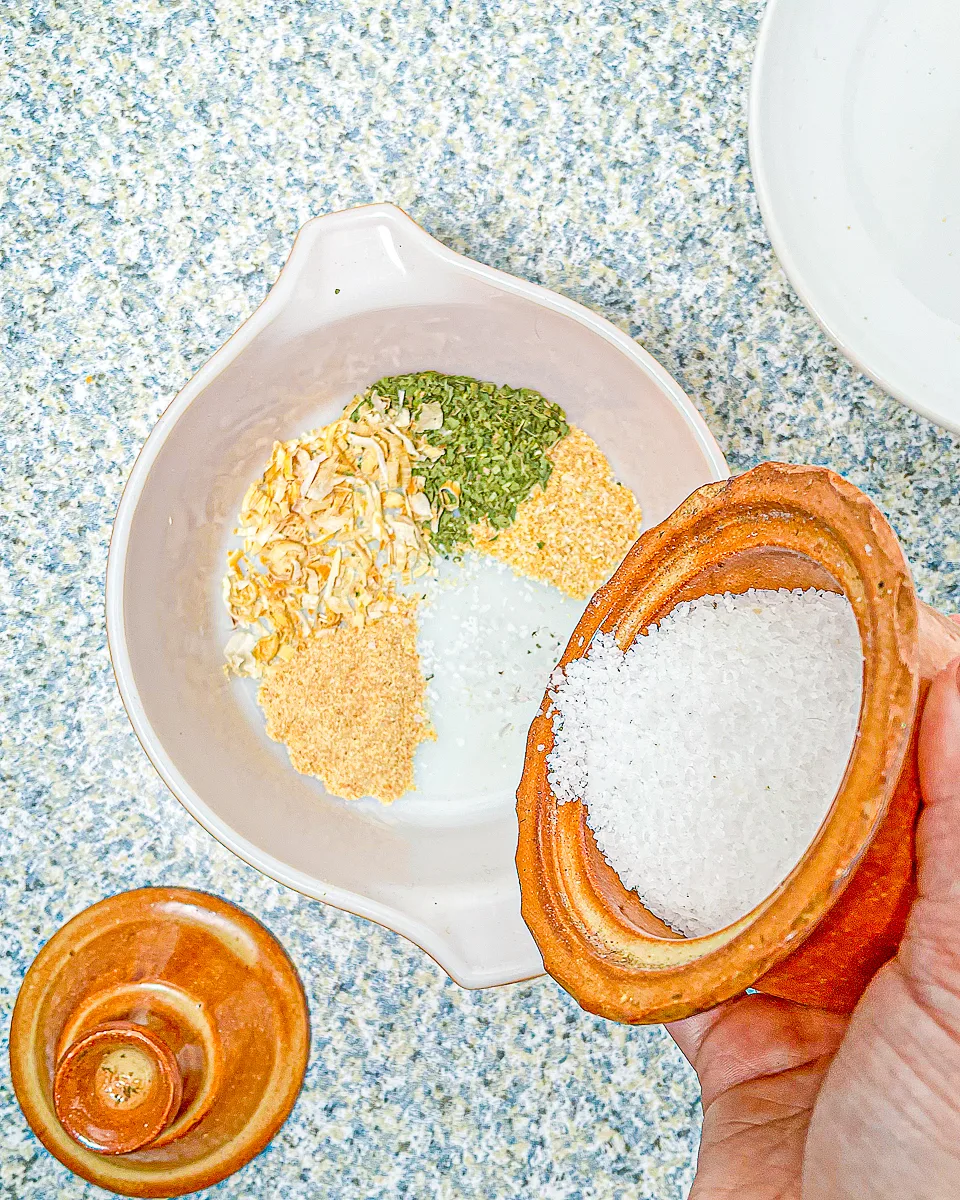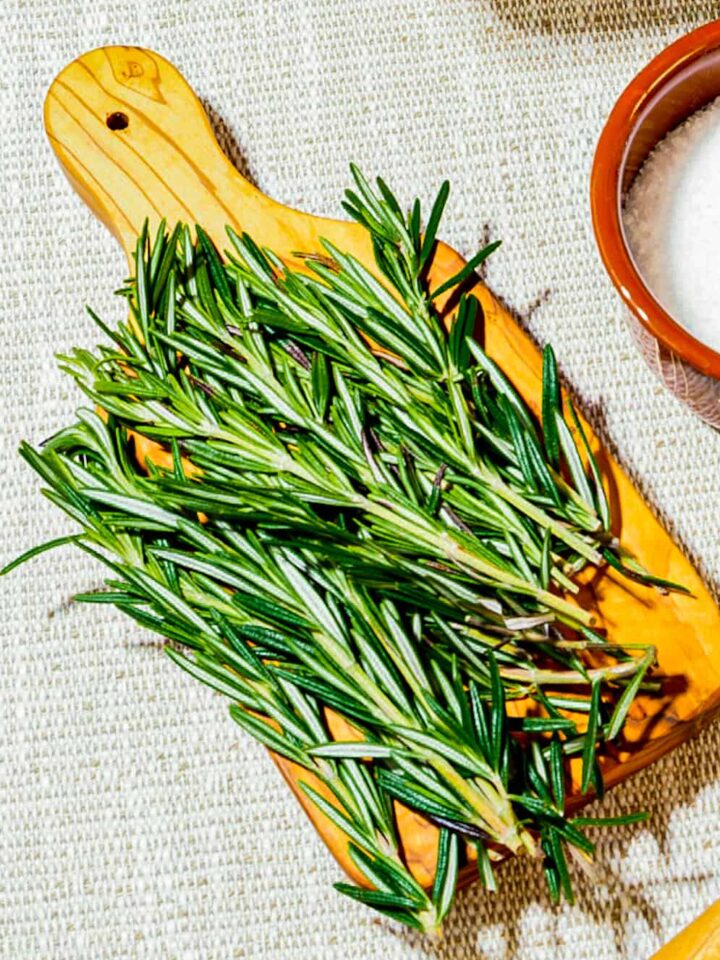You open the cookbook, and a recipe title or photo tempts your tastebuds. But as you read the recipe, you realize the preparation is more complicated than you first thought, and you put the book back on the shelf. Sound familiar? Well, let's get started with a simple guide to common kitchen terms that will help you avoid this situation:

Measuring Abbreviations
Remember the importance of measuring tools. Accurate measurements are essential for baking, so invest in a good set of measuring cups and spoons. Look for stainless steel or plastic ones that are easy to clean and won't rust over time.
A teaspoon is abbreviated as "tsp.", a tablespoon as "Tbsp." (equal to 3 teaspoons), and a cup as "C."
Get a set of measuring spoons that include ¼ tsp., ⅓ tsp., ½ tsp., 1 tsp., and 1 Tbsp. Dry measuring cups look like little saucepans and can be leveled off with a knife or straight-edged tool. Liquid measuring cups have ounce marking lines so that you can measure the exact amount of liquid required.
Some recipes require precise measurements, so learn to measure correctly.
Common Ingredients
Make sure you know what you need, and not to underestimate how much of it you need at one time.
Baking powder and baking soda have different functions in baking not the same.
Ask the produce manager at the market about fruits and vegetables and the meat manager about cuts of meat.
When trying something new, buy ONE. You can always go back for more if it turns out well.
Common Terminology
Bake
Dry heat in the oven. Set the oven control to the desired temperature while preparing the baked dish. Once the light that says it's heating turns off, the range is at the proper temperature. Then, put in the food, and for best results, center it in the oven.
Boil
Heat a liquid until it bubbles. The faster the bubbles rise, and the more bubbles you get, the hotter the liquid. Some recipes call for a gentle boil, barely bubbling, or a rolling boil, just short of boiling over. Watch so that it doesn't boil over.
Braise
A moist cooking method uses a little liquid that barely bubbles on the top of the stove or in the oven. This is an excellent way to tenderize cheaper cuts of meat. The pan should be heavy and shallow with a tight-fitting lid to keep the liquid from boiling. You can add flavor by choosing the liquid and vegetables to cook with the meat.
Broil
Turn the oven to its highest setting. Put the food in a broiler pan, which is a two-piece pan that allows the grease to drain away from the food. In an electric oven on the broil setting, only the upper element heats, and you can regulate how fast the food cooks by how close to the element you place it. Watch your cooking time; it's easy to overcook food in the broiler.
Brown
Cook until the food gets light brown. Usually used for frying or baking. Ground beef should usually be browned (use a frying pan) and have the grease drained before adding it to a casserole or meat sauce.
Fold
A gentle mixing method moves the spoon down to the bottom of the bowl and then sweeps up, folding what was on the bottom up over the top. This is used to mix delicate ingredients such as whipped cream, egg whites for baking, or aquafaba, like in this chocolate mousse recipe. Don't mix too vigorously, as these ingredients have air whipped into them, and you want to avoid reversing that process.
Simmer
Heat to the start of a boil and keep it at that point for as long as the recipe requires. The recipe usually calls for constant stirring or stirring at specific intervals.






Comments
No Comments